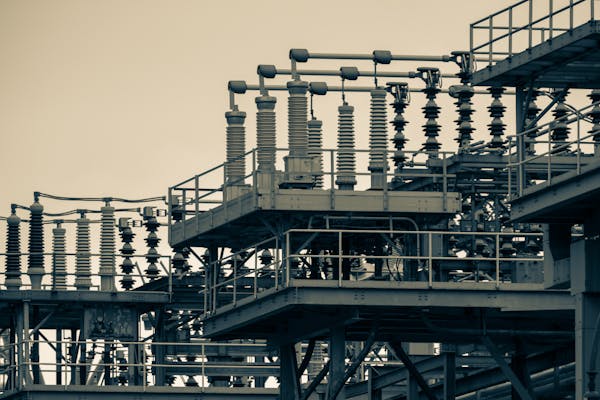
In the world of electrical power systems, substations play a critical role. Acting as the central hubs where electricity is transformed, distributed, and controlled, substations ensure reliable delivery of power from generation sources to consumers. Substation design is the engineering discipline focused on creating efficient, safe, and reliable substation facilities to meet the growing demands of modern energy systems.
What is Substation Design?
Substation design involves the planning and construction of electrical substations, which serve to step up or step down voltage levels for transmission and distribution. Engineers must consider numerous factors in the design process, including:
Voltage requirements
Load capacity
Environmental conditions
Safety standards
Regulatory compliance
Key Components of a Substation
Power Transformers: Convert voltage levels to enable efficient transmission or safe distribution.
Circuit Breakers & Switchgear: Provide protection and control over the electrical flow.
Busbars: Distribute power within the substation.
Protection & Control Systems: Ensure reliability, fault detection, and system automation.
Grounding Systems: Enhance safety by preventing hazardous voltages during faults.
Importance of Good Design
A well-designed substation can reduce power losses, improve reliability, and ensure the safety of personnel and equipment. As renewable energy and distributed generation become more prominent, the role of substation design is becoming even more critical in adapting to new power flow dynamics.